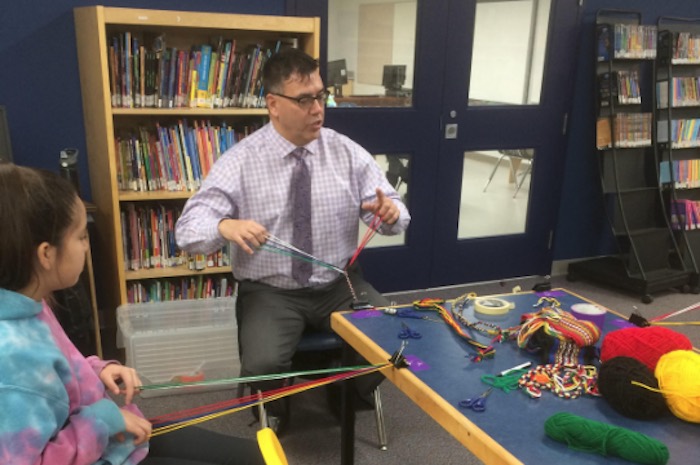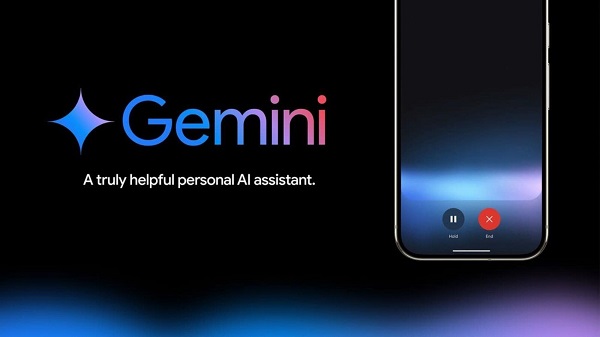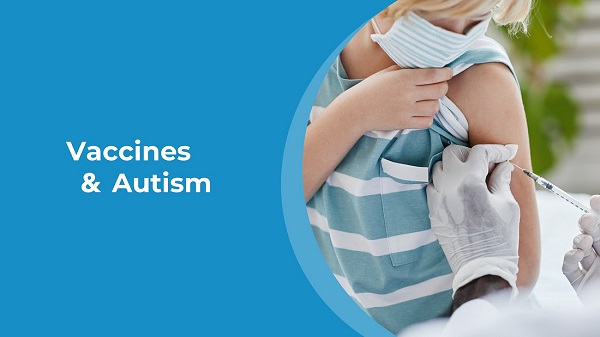Education
Red Deer Public teacher receives provincial award for infusing Indigenous culture into the classroom

With a commitment to advancing Indigenous education in Red Deer Public Schools and across the province, and a passion for teaching students First Nations, Métis and Inuit culture, one local teacher has been recognized with a prestigious provincial award.
Terry Lakey, a teacher with Red Deer Public’s Learning Services, has been awarded the Outstanding Indigenous Educator Award from the Alberta Teachers’ Association – Indigenous Education Council.
“It was very exciting and I feel honoured to receive this award,” said Terry, who added his inspiration comes from his mom. “I remember the day I told my mom I was going to be a teacher. She was over the moon, because mom, being an Indian Residential School survivor, was looking forward to me making the educational experience for children way better than what she experienced. I owe everything to her and her dedication to us as her six children that she raised.”
Terry, who is in his 25th year of teaching, has been in his current role at Red Deer Public Schools for the last five years. He develops First Nations, Métis and Inuit classroom resources for Red Deer Public Schools. He is also sought after outside the Division to provide in-services and help develop resources in other school divisions across the province.
“We help develop curriculum, form relationships with elders and partners in our community, find resources for staff so they feel they are supported when it comes to presenting authentic and accurate information as it relates to their programs of studies at the grade levels they teach,” he said. “It’s all connected to what is taught in the classroom.”
Terry said there are many aspects about his job that he loves. “My role allows me to exercise my creativity and to be able to provide staff or a student with resources I have developed or found through talking to an elder or knowledge keeper is really great. To have the permission to pass things on is a highlight of my job.”
Relationships also play an important role in Terry’s work.
“In order to put a curriculum out there that we feel is authentic and genuine, it always comes down to building relationships with individuals whose cultures are represented in our programs of studies. Part of our job is to connect with those individuals,” he said. “Sometimes we can find elders or knowledge keepers or people with experience right in our own community, and if we can’t because our curriculum is so vast, our job is to find people across the country or world who can help us offer information or perspective through the lens of those we are trying to represent.”
In reflecting on his career success, Terry said he’s had the honour of working with a great team of staff.
“I need to thank the many strong allies I’ve had in the past, whether it’s an administrator, or a fellow colleague. I greatly appreciate every educational assistant I’ve had in my classroom, they are absolutely amazing. To make learning fun, dynamic and add variety, it’s a shared vision and I am grateful for every person who I’ve had the privilege to work alongside,” he said. “It takes a village.”
Hayley Christen, Learning Services Coordinator, said Terry is passionate and dedicated to making learning hands on, fun and engaging to every student he teaches.
“He works extremely hard to ensure the lessons, resources and projects he brings to life connect authentic Indigenous voice to the identified outcome in the programs of study. He is well respected by Elders, knowledge keepers and others in the Indigneous community,” she said. “I am inspired by his passion for his work and for the students and staff he serves. It is my honour and privilege to get to work and learn alongside Terry each day.”
Della Ruston, Associate Superintendent of Learning Services, said Terry is an enthusiastic and effective Indigenous educator who goes above and beyond in everything he does.
“Terry builds strong relationships with students, colleagues, and his community by helping to increase their understanding of Indigenous culture and traditions,” she said. “Terry exemplifies the four Rs of Indigenous education; respect, relevance, reciprocity, and responsibility.”

Terry Lakey accepting his award. On Terry’s right is Della Ruston, Associate Superintendent Learning Services, and on Terry’s left is Hayley Christen, Learning Services Coordinator.
Chad Erickson, Superintendent, said Terry’s recognition is very deserving.
“We are very proud of the work Terry does in our schools,” he said. “He is a passionate educator that ensures our students are engaged in high quality, authentic learning opportunities.”
Education
Johns Hopkins University Announces Free Tuition For Most Students


From the Daily Caller News Foundation
Johns Hopkins University (JHU) announced on Thursday it is making tuition free for families earning less than $200,000 and will waive both tuition and living expenses for those making less than $100,000.
The university stated that “a majority of American families” will qualify for the fee exemption, allowing most students to attend without contributing a single dollar. The decision is meant to help recruit “the best and brightest students to Johns Hopkins irrespective of their financial wherewithal.”
“Trying to understand financial aid offers can be overwhelming,” David Phillips, vice provost for admissions and financial aid at JHU, said in the announcement. “A big goal here is to simplify the process. We especially want to reach students and families from disadvantaged backgrounds, rural locations, and small towns across America who may not know that a Hopkins degree is within reach.”
Dear Readers:
As a nonprofit, we are dependent on the generosity of our readers.
Please consider making a small donation of any amount here.
Thank you!
In 2018, Michael Bloomberg donated nearly $2 billion to the university, the largest ever single gift to a U.S. university. JHU said it used this money “to become permanently need blind and no-loan in financial aid.”
The university also receives the most federal funding of any university, raking in more than $3 billion from the government in fiscal year 2023 for research and development alone. This is more than double what the next highest recipient of federal funding that year, the University of Washington, received.
Despite this, JHU in June complained that federal funding cuts forced it to institute a hiring freeze and pause annual pay increases for employees. In its message to the community at the time, the university also mentioned its disagreement with “recent efforts to limit or withhold visas from the international students and scholars.”
Some universities admit mass numbers of foreign students in order to pad their pockets, as such students often pay full tuition and fee costs without financial assistance.
Education
Why classroom size isn’t the issue teacher unions think it is

This article supplied by Troy Media.
The real challenge is managing classrooms with wide-ranging student needs, from special education to language barriers
Teachers’ unions have long pushed for smaller class sizes, but the real challenge in schools isn’t how many students are in the room—it’s how complex those classrooms have become. A class with a high proportion of special needs students, a wide range of academic levels or several students learning English as a second language can be far more difficult to teach than a larger class
where students are functioning at a similar level.
Earlier this year, for example, the Elementary Teachers’ Federation of Ontario announced that smaller class sizes would be its top bargaining priority in this fall’s negotiations.
It’s not hard to see why unions want smaller classes. Teaching fewer students is generally easier than teaching more students, which reduces the workload of teachers. In addition, smaller classes require hiring more teachers, and this amounts to a significant financial gain for teachers’ unions. Each teacher pays union dues as part of membership.
However, there are good reasons to question the emphasis on class size. To begin with, reducing class size is prohibitively expensive. Teacher salaries make up the largest percentage of education spending, and hiring more teachers will significantly increase the amount of money spent on salaries.
Now, this money could be well spent if it led to a dramatic increase in student learning. But it likely wouldn’t. That’s because while research shows that smaller class sizes have a moderately beneficial impact on the academic performance of early years students, there is little evidence of a similar benefit for older students. Plus, to get a significant academic benefit, class sizes need to be reduced to 17 students or fewer, and this is simply not financially feasible.
In addition, not only does reducing class sizes mean spending more money on teacher compensation (including salaries, pensions and benefits), but it also leads to a decline in average teacher experience and qualifications, particularly during teacher shortages.
As a case in point, when the state of California implemented a K-3 class-size reduction program in 1996, inexperienced or uncertified teachers were hired to fill many of the new teaching positions. In the end, California spent a large amount of money for little measurable improvement in academic performance. Ontario, or any other province, would risk repeating California’s costly experience.
Besides, anyone with a reasonable amount of teaching experience knows that classroom complexity is a much more important issue than class size. Smaller classes with a high percentage of special needs students are considerably more difficult to teach than larger classes where students all function at a similar academic level.
The good news is that some teachers’ unions have shifted their focus from class size to classroom complexity. For example, during the recent labour dispute between the Saskatchewan Teachers’ Federation (STF) and the Saskatchewan government, the STF demanded that a classroom complexity article be included in the provincial collective agreement. After the dispute went to binding arbitration, the arbitrator agreed with the STF’s request.
Consequently, Saskatchewan’s new collective agreement states, among other things, that schools with 150 or more students will receive an additional full-time teacher who can be used to provide extra support to students with complex needs. This means that an extra 500 teachers will be hired across Saskatchewan.
While this is obviously a significant expenditure, it is considerably more affordable than arbitrarily reducing class sizes across the province. By making classroom complexity its primary focus, the STF has taken an important first step because the issue of classroom complexity isn’t going away.
Obviously, Saskatchewan’s new collective agreement is far from a panacea, because there is no guarantee that principals will make the most efficient use of these additional teachers.
Nevertheless, there are potential benefits that could come from this new collective agreement. By getting classroom complexity into the collective agreement, the STF has ensured that this issue will be on the table for the next round of bargaining. This could lead to policy changes that go beyond hiring a few additional teachers.
Specifically, it might be time to re-examine the wholesale adoption of placing most students, including those with special needs, in regular classrooms, since this policy is largely driving the increase in diverse student needs. While every child has the right to an education, there’s no need for this education to look the same for everyone. Although most students benefit from being part of regular academic classes, some students would learn better in a different setting that takes their individual needs into consideration.
Teachers across Canada should be grateful that the STF has taken a step in the right direction by moving beyond the simplistic demand for smaller class sizes by focusing instead on the more important issue of diverse student needs.
Michael Zwaagstra is a senior fellow with the Frontier Centre for Public Policy.
Troy Media empowers Canadian community news outlets by providing independent, insightful analysis and commentary. Our mission is to support local media in helping Canadians stay informed and engaged by delivering reliable content that strengthens community connections and deepens understanding across the country
-

 Alberta2 days ago
Alberta2 days ago‘Weird and wonderful’ wells are boosting oil production in Alberta and Saskatchewan
-

 Alberta2 days ago
Alberta2 days agoAlberta to protect three pro-family laws by invoking notwithstanding clause
-

 Business2 days ago
Business2 days agoCanada is failing dismally at our climate goals. We’re also ruining our economy.
-

 Artificial Intelligence2 days ago
Artificial Intelligence2 days agoLawsuit Claims Google Secretly Used Gemini AI to Scan Private Gmail and Chat Data
-

 Health1 day ago
Health1 day agoCDC’s Autism Reversal: Inside the Collapse of a 25‑Year Public Health Narrative
-

 Energy2 days ago
Energy2 days agoThe Carney Government is Hijacking the Phase “Energy Superpower” to Advance Their Agenda
-

 Crime1 day ago
Crime1 day agoCocaine, Manhunts, and Murder: Canadian Cartel Kingpin Prosecuted In US
-

 Health1 day ago
Health1 day agoBREAKING: CDC quietly rewrites its vaccine–autism guidance







